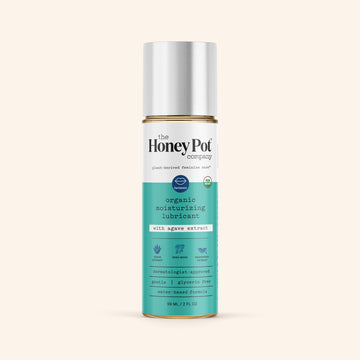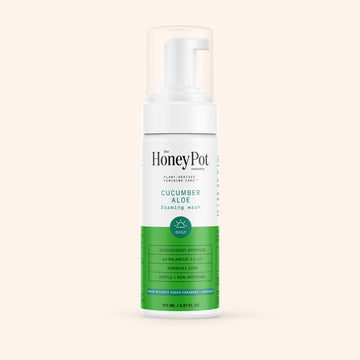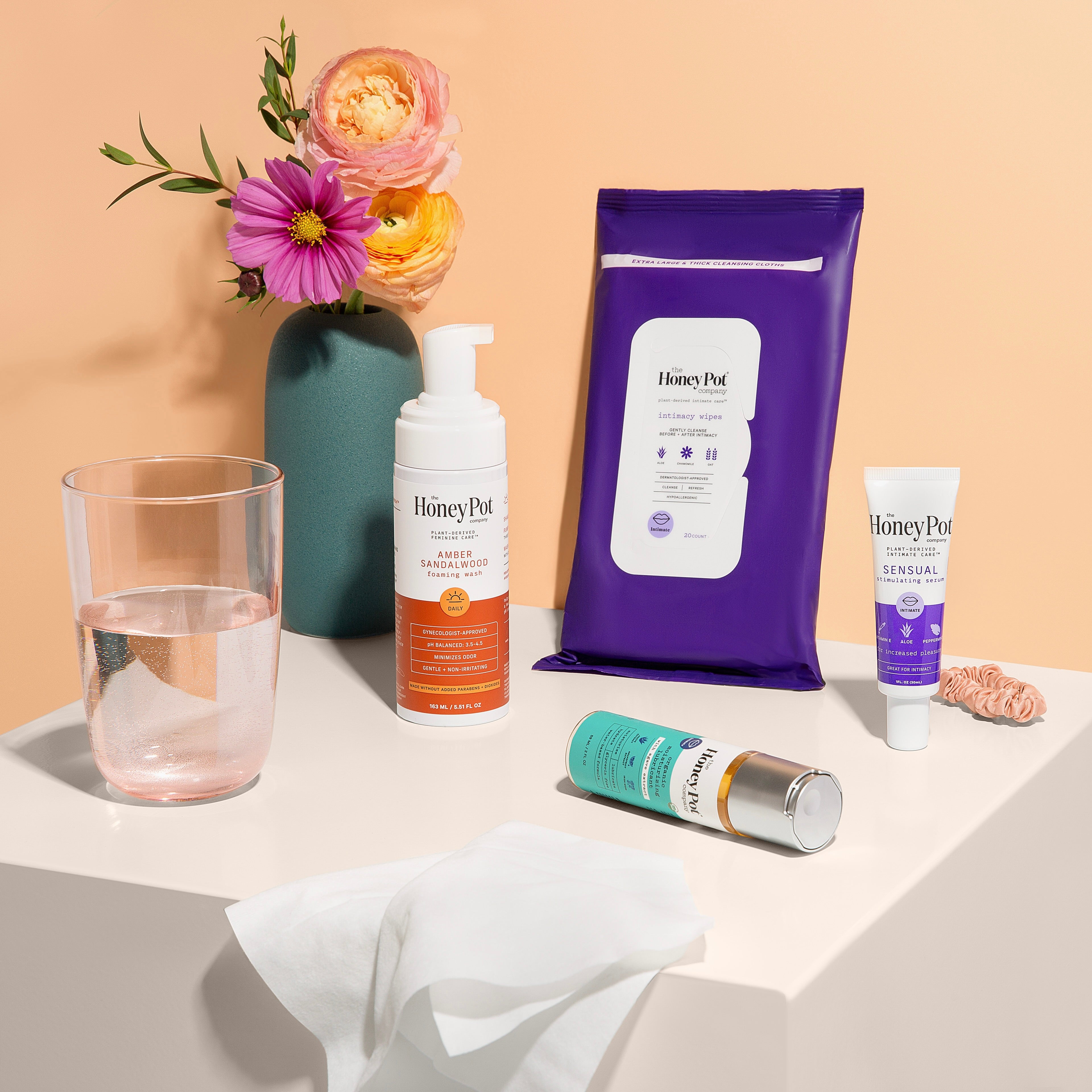I remember dreading starting my period (menarche). I, like many others, experienced great fears when I began my period. I had fear surrounding the possibility of leaking blood onto my pants at school, I was nervous to carry pads in my purse, and was scared of what changes would occur to my body (would I get acne or gain weight). I did not feel prepared to deal with my cycle. As a naturopathic doctor and hormone expert, I have made it my mission to empower individuals with vaginas to embrace this life change. One way that I empower my patients is by teaching them the different phases of their menstrual cycle and how to cycle sync. Cycle syncing is when you adjust your lifestyle habits (diet, exercise, etc.) to support the phases of your menstrual cycle. There are four main phases in the menstrual cycle when supporting cycle synching; menstruation, the follicular phase, ovulatory phase (ovulation), and the luteal phase. The menstrual cycle length is usually 28 days, but according to the American College of Obstetricians and Gynecologists (ACOG), a normal length can vary between 21 and 35 days.
These phases continue until pregnancy occurs or we reach menopause. If you are struggling during any phase of your cycle, I recommend that you listen to the messages (via symptoms) your body sends and support what it needs during each phase. One way that we can honor our body’s during these times is by creating rituals and routines that support each phase of our cycle. Here are some movement, nutrition, and lifestyle guidelines to potentially aid each phase:
Menstrual Phase
The first phase is menstruation, which technically occurs during part of the follicular phase. This phase begins when an egg from the previous cycle is not fertilized. Because no pregnancy occurred (egg was not fertilized), the endometrium (the lining of the uterus) sheds through the vagina, which is what we call having a “period”. The menstrual phase starts on day 1 and lasts approximately 1-5 days. During menstruation, estrogen and progesterone levels are low, which can cause PMS symptoms such as cramps, bloating, increased acne breakouts, sore/tender breasts, feeling tired, and mood swings.
Hormone levels:
- Estrogen and progesterone are low
Movement suggestions:
- Rest is essential, do not push yourself
- Do light movements such as nature walks, yoga, and stretching
- Do lower intensity strength/cardio
Food suggestions:
- Increase water intake
- Eat magnesium-rich foods to reduce cramping and improve mood, such as; spinach, quinoa, black beans, whole grains, almonds, dark chocolate, popcorn and pumpkin seeds.
- Eat iron-rich foods to support blood loss, such as; fish, liver, whole grains, spinach, kale, and tofu
- Eat warming foods like soup, broth, stews, and warm spices
- Drink soothing teas such as chamomile, peppermint, raspberry leaf to relieve cramps
- Avoid or limit alcohol, caffeine, salty foods, or fatty foods
Sex + Lifestyle suggestions:
- Journal
- Meditation
- Increase sleep
- Sex drive may be lower
- Many women report that having orgasms during their period may relieve their cramps.
- Try The Honey Pot Co’s various menstrual products such as Organic Cotton Cover Everyday Liners, Organic Cotton Cover Overnight Pads with Wings, Organic Tampons, Feminine Wipes, and Menstrual Cups.
Follicular Phase
The follicular phase starts the first day of your period and lasts 13-14 days on average. By day 6 of this phase, estrogen, progesterone, and follicle stimulating hormone (FSH) levels steadily rise to stimulate the production of follicles (which contain an egg) on the surface of an ovary and thicken the uterus lining to prepare for pregnancy. An increase or “surge” of luteinizing hormone (LH) and increase of FSH ends the follicular phase. Symptoms noted during the follicular phase include higher energy levels, glowing skin, and an increase in your sex drive.
- Estrogen, progesterone, and testosterone start low but begin to rise which may result in lower stamina at the beginning of the phase
Movement suggestions:
- Early in the phase try light cardio, hiking, and light runs
Food Suggestions:
- Eat lean proteins, such as; chicken, ground turkey, beef, salmon, clams, crabs, trout, lentils, and eggs
- Eat whole grains, such as; oatmeal, brown rice, and quinoa
- Eat sprouted and fermented foods, such as; broccoli sprouts, sprouted grain breads, kimchi, kefir, and sauerkraut
- Eat fresh and steamed vegetables
Sex + Lifestyle suggestions:
- Try new projects
- Do activities that stimulate your problem-solving and brainstorming skills
- Sex drive is naturally lower, and foreplay or stimulants may be essential – try The Honey Pot Co’s Moisturizing Lubricant and Vulva Stimulating Serum for added support
Ovulatory Phase
The luteinizing hormone (LH) surge causes the follicle to rupture and release the egg beginning ovulation. The ovulatory phase (ovulation) occurs around days 15 and 16 of your cycle, lasting 16 to 32 hours. Your ovulation day is your most fertile time. However, the timing of ovulation can vary from cycle to cycle and from woman to woman, which is why I recommend getting familiar with your body’s menstrual calendar to help you better estimate your own ovulation cycle. It ends when the egg is released, the egg can be fertilized for up to 24 hours after release. Because sperm can live up to 3-5 days, during each cycle there are approximately six days that pregnancy can occur. These six days include, five days before ovulation and the day of ovulation itself. This time frame is called the “fertile window”, the time in which intercourse can result in pregnancy. Symptoms of ovulation include changes in cervical mucus (becomes stretchy and clear like egg white), heightened senses, and breast or nipple tenderness/soreness. Some may experience “Mittelschmerz” or ovulation pain, which can feel like a dull or sharp cramp on the side of your abdomen where the ovary is releasing the egg.
Hormone levels:
- Estrogen peaks (at all-time high) and testosterone and progesterone rise
- High hormones can cause a surge of energy
Movement suggestions:
- Maximize your potential, push yourself
- Do high-intensity interval workouts
- Do circuits
- Do spin classes
Food:
- Eat liver loving foods, such as; cruciferous vegetables (kale, bok choy, brussel sprouts, turnips, broccoli, and arugula), fatty fish, nuts, seeds, olive oil, peas, lentils, edamame, and oatmeal
- Eat anti-inflammatory foods whole fruits (especially berries), vegetables, almonds
Sex + Lifestyle suggestions:
- Try new projects
- Do activities that stimulate your problem-solving and brainstorming skills
- Pursue activities that cause you to use high energy
- Sex drive is high!
Luteal Phase
The next phase is the luteal phase, which lasts about 14 days but its outcome is determined by if the egg is fertilized or not. At the beginning of the luteal phase, luteinizing hormone and follicle-stimulating hormone levels decrease and estrogen increases. The ruptured follicle (from the ovulation phase) closes after releasing the egg, forming a corpus luteum. The corpus luteum produces the hormone progesterone. The increase in estrogen and progesterone causes the lining of the uterus to thicken to prepare for possible fertilization. If an egg is not fertilized or implanted (no pregnancy) then the corpus luteum degenerates, both progesterone and estrogen levels decrease, the uterus lining sheds, and menstruation occurs (the beginning of the new menstrual cycle). If the egg is fertilized, the corpus luteum continues to grow and there is an increase in progesterone and estrogen levels to maintain the pregnancy. Symptoms that may occur during the luteal phase include: mood changes, breast tenderness/pain/swelling, bloating, acne breakouts, weight gain, changes in sexual desire, and changes in appetite.
Hormone levels:
- Progesterone dominates
- Estrogen and testosterone begins high then wane (which can cause low energy and fatigue)
- Energy may be low as the body is preparing for another period.
Movement suggestions:
- During the first half of the phase try moderate exercises like pilates, strength training, and cardio
- During the second half of the phase try low exercises like yoga, walking, and resting
Food suggestions:
- Eat serotonin producing foods for mood boosting; such as, green leafy vegetables, quinoa, buckwheat
- Eat magnesium-rich foods to reduce fatigue and low libido such as; dark chocolate, spinach, and pumpkin seeds
- Eat vitamin B rich foods, such as; grass-fed beef, turkey, cod
- Avoid or limit alcohol, red meat, dairy, carbonated drinks, artificial sweeteners, and salty foods
Lifestyle suggestions:
- Prioritize self are like taking a bath getting a massage, or getting a facial.
- You should tailor your activities to avoid anything that may trigger or worsen your PMS.
- Sex drive may still be present, but you may need more stimulation to achieve climax, add The Honey Pot Co’s Moisturizing Lubricant and Vulva Stimulating Serum to your bedroom.
Regardless of what your experience has been with your menstrual cycle, I urge you to listen and learn what your body needs during each phase of your cycle. Track your cycle length, how many days you bleed during your period, what symptoms occur, how your energy is, how your sleep is impacted, and how your sex drive fluctuates to help determine what your body is trying to communicate to you. I hope this article aids in your preparation to take action and support yourself – if you stay ready, you won’t have to get ready!
References:
- McLaughlin, J. E. (2022, April). Menstrual Cycle. Biology of The Female Reproductive System.https://www.merckmanuals.com/home/women-s-health-issues/biology-of-the-female-reproductive -system/menstrual-cycle






